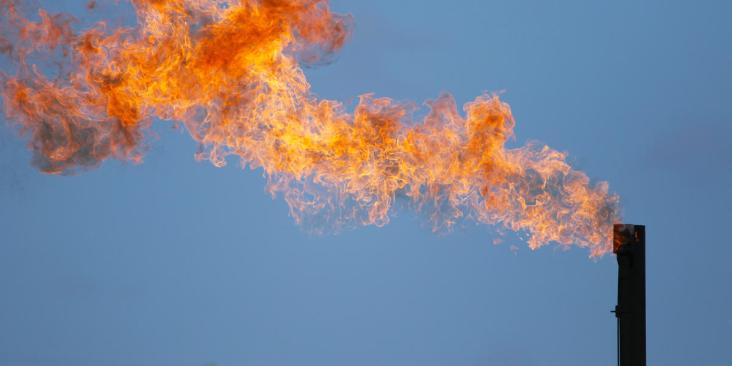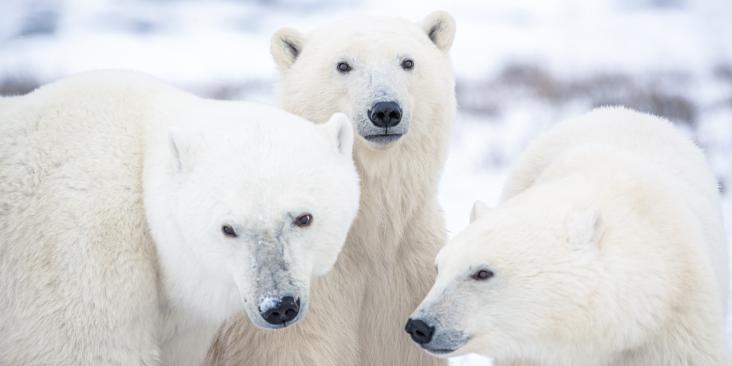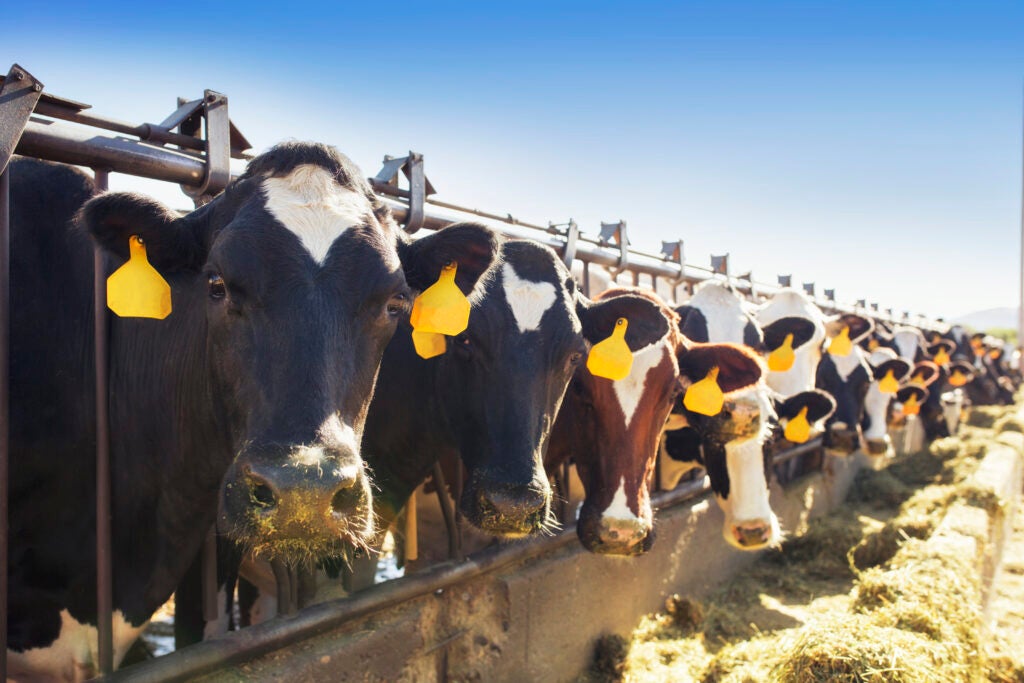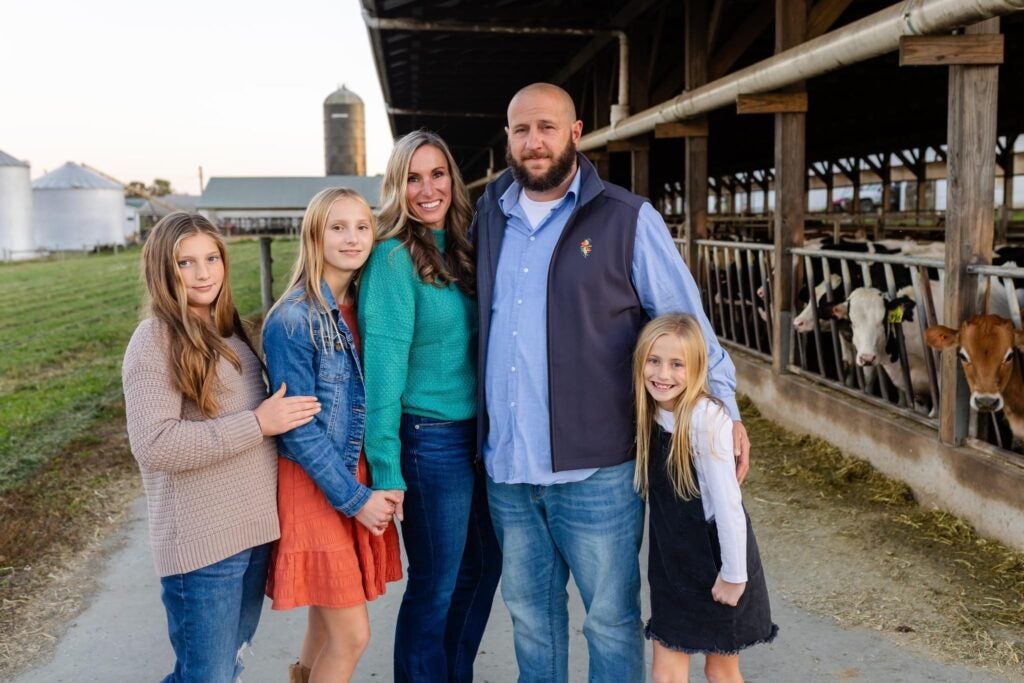As w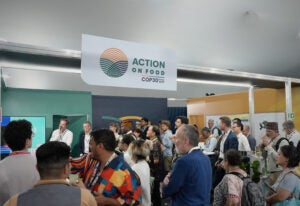 e come to the end of another record-breaking year for extreme weather, we can see the effects on our plates. Climate change is on the table for both producers and consumers, and leaders must continue to drive global visions forward with local solutions, connecting how critical producers and consumers are to each other.
e come to the end of another record-breaking year for extreme weather, we can see the effects on our plates. Climate change is on the table for both producers and consumers, and leaders must continue to drive global visions forward with local solutions, connecting how critical producers and consumers are to each other.
As the global climate conference COP30 concluded this year, Brazil had the daunting task of pursuing the unity and multilateralism that United Nations processes call for in the name of people and the planet. But what was clear from COP30 is that the agrifood systems community has been successful in helping climate leaders understand that the critical impact of agriculture and food on climate change (and vice versa) requires full-scale engagement.
We can build that deep engagement by creating win-win solutions, supporting adaptation as a means to mitigation and connecting each piece — from behavior change to science and innovation to financial incentives — for a genuine ecosystem approach.
